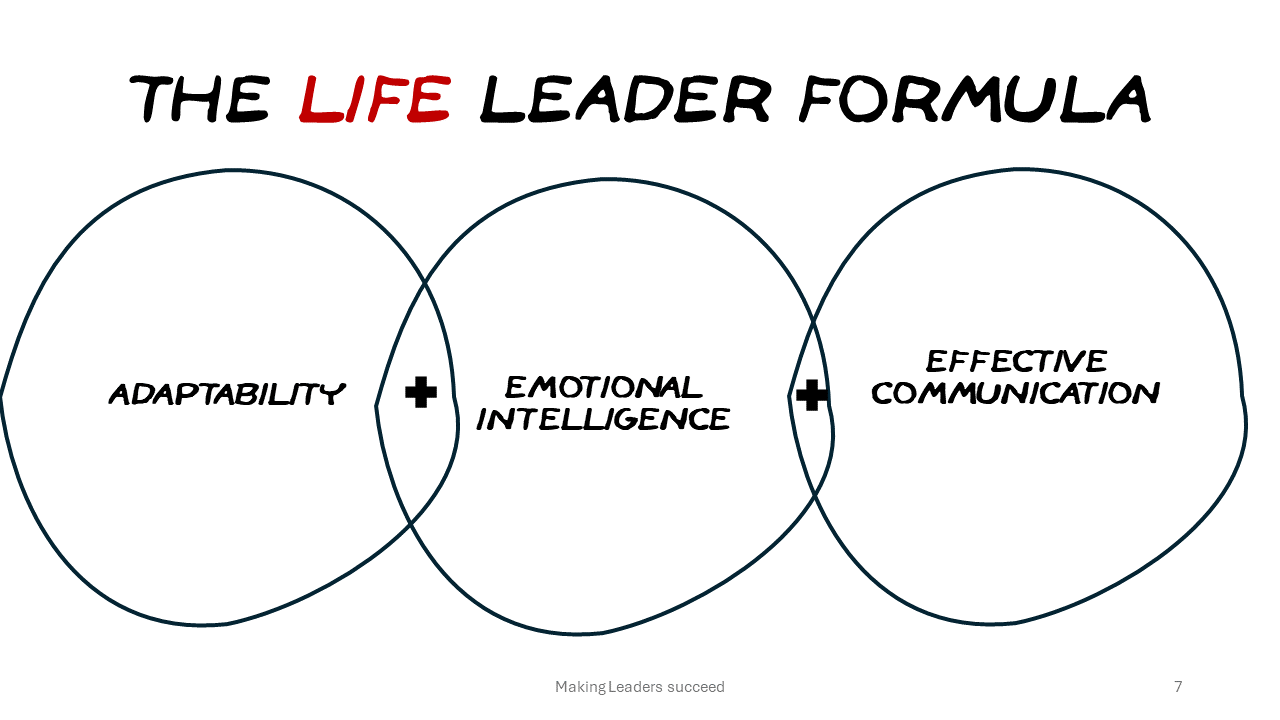The Real Madrid Game Model: An In-Depth Analysis
Real Madrid, one of the most storied football clubs in history, has a distinctive game model that reflects its rich heritage and competitive spirit.
This model is shaped by various factors, including player abilities, team structure, playing culture, tactical behavior across different game phases, and overarching principles of play.
In this analysis, we will explore these elements in detail while also considering the team’s successes and failures over the last three years.
Players’ Abilities
The foundation of Real Madrid’s game model lies in the individual abilities of its players.
The club has a long-standing tradition of recruiting top-tier talent from around the globe.
Players are expected to possess not only technical skills but also tactical intelligence and physical attributes that allow them to adapt to various game situations.
Key player abilities include:
– **Technical Proficiency**: Players are often highly skilled in ball control, passing accuracy, and shooting ability.
– **Tactical Awareness**: Understanding positioning, movement off the ball, and reading the game are crucial for players.
– **Physical Attributes**: Speed, strength, and stamina are essential for executing the high-intensity style that Real Madrid often employs.
– **Mental Resilience**: The ability to perform under pressure is vital given the club’s high expectations.
**Player Abilities Examples:**
– **Karim Benzema**: As a central striker, Benzema excels in link-up play, combining technical skill with an innate ability to find space in the box.
– **Vinícius Júnior**: His pace and dribbling skills make him a constant threat on the left flank, allowing him to stretch defenses and create goal-scoring opportunities.
– **Luka Modrić**: A midfield maestro known for his vision and passing range, Modrić orchestrates play from the center of the pitch.
Team Structure and Goals
Real Madrid typically employs a flexible formation that can adapt based on the opponent and match context. While formations may vary between 4-3-3 or 4-2-3-1 depending on tactical needs, the core structure remains focused on maintaining balance between defense and attack.
Real Madrid’s Game Model
1. **Winning Matches**: The ultimate objective is to secure victories in domestic leagues and international competitions.
2. **Developing Young Talent**: The club aims to integrate youth players into the first team while maintaining competitive performance.
3. **Maintaining a Winning Culture**: Real Madrid is synonymous with success; thus, instilling a winning mentality is paramount.
Team Playing Culture
The playing culture at Real Madrid is characterized by a blend of individual brilliance and collective teamwork. Historically known for its “Galácticos” era—where star players were signed for their marketability as well as their talent—the current culture emphasizes both individual flair and cohesive team play.
Key aspects of this culture include:
– **High Expectations**: Players are expected to perform at their best consistently.
– **Resilience**: The team often demonstrates a never-give-up attitude, especially in crucial matches.
– **Adaptability**: Players must be versatile enough to adjust their roles based on tactical demands.
Tactical Behavior in the Four Game Phases
Real Madrid’s tactical behavior can be analyzed through four key phases of play:
1. **Defensive Phase**: When out of possession, Real Madrid adopts a compact shape to limit space for opponents while pressing aggressively to regain possession quickly.
2. **Transition Phase (Defensive to Offensive)**: Upon regaining possession, players look to exploit spaces left by opponents through quick counter-attacks or direct passes.
3. **Offensive Phase**: In this phase, Real Madrid focuses on ball retention while creating goal-scoring opportunities through intricate passing sequences or exploiting width using wingers.
4. **Transition Phase (Offensive to Defensive)**: If possession is lost during an attack, players are instructed to immediately press or fall back into defensive positions quickly to minimize counter-attacking threats.
Team’s Game Idea
The overarching game idea for Real Madrid revolves around dynamic attacking football combined with solid defensive organization.
The team seeks to dominate possession while remaining lethal on counter-attacks—an approach that has historically brought them success in both La Liga and European competitions.
Principles of Play
Real Madrid adheres to several principles of play that guide their tactical decisions:
1. **Positional Play**: Maintaining optimal positioning on the field allows for better passing options and defensive coverage.
2. **Fluidity**: Players are encouraged to interchange positions frequently to create confusion among opponents.
3. **Verticality**: Quick vertical passes aim to advance play rapidly towards goal rather than relying solely on lateral movement.
4. **Pressing**: A coordinated pressing strategy aims at regaining possession as quickly as possible after losing it.
How Is the Team Organized?
Real Madrid’s organization can be described as hierarchical yet fluid:
– **Coaching Staff**: Led by a head coach who sets tactical directives while assistants focus on specific areas such as defense or attacking strategies.
– **Player Roles**: Each player has defined roles but is also expected to adapt based on match situations—this flexibility enhances overall team performance.
Successes / Failures Over the Last Three Years
In recent years (2020–2023), Real Madrid has experienced both successes and failures:
Successes: 1. **UEFA Champions League Victory (2021–2022)**: A highlight was winning their 14th Champions League title under Carlo Ancelotti—a testament to their resilience and tactical prowess. 2. **La Liga Title (2021–2022)**: Securing another league title showcased their dominance domestically.
Failures: 1. **Early Exits from Competitions (2020–2021)**: In some seasons, they faced disappointing exits from domestic cups or European competitions due to inconsistent performances. 2. **Injury Issues**: Key injuries have sometimes hampered squad depth and overall performance during critical matches.
Conclusion
Real Madrid’s game model is an intricate blend of individual talent, structured tactics, and a rich cultural ethos centered around winning. While they have enjoyed significant successes over recent years—most notably in European competitions—they have also faced challenges that require ongoing adaptation.
Next Steps
Moving forward, Real Madrid must focus on several key areas:
1. **Squad Depth Management**: Ensuring adequate depth will be crucial for maintaining performance levels throughout long seasons filled with multiple competitions.
2. **Youth Integration**: Continuing to develop young talents from their academy will help sustain competitiveness while managing financial constraints.
3. **Tactical Evolution**: As football evolves rapidly with new trends emerging regularly, adapting tactics without losing core principles will be essential for future success.
In summary, Real Madrid’s game model remains one of ambition and excellence—a reflection not only of its storied past but also its aspirations for continued dominance in world football.




